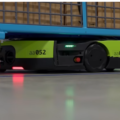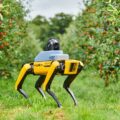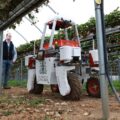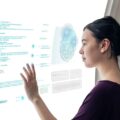The field of robotics is rapidly advancing, driven by the increasing demand for automation in a wide range of industries. Developing and programming robotics involves a complex interdisciplinary process that combines mechanical engineering, electrical engineering, computer science, and artificial intelligence. In this article, we will explore the key steps involved in developing and programming robots, as well as some of the key challenges and opportunities in this field.
The first step in developing a robot is defining its design requirements. This involves determining what tasks the robot will be capable of performing, as well as its physical and environmental requirements. For example, a robot designed for use in a manufacturing environment may need to be able to move and manipulate objects, while a robot designed for use in a hazardous environment may need to be protected from extreme temperatures and conditions.
Once the design requirements have been defined, the next step is to develop the mechanical components of the robot. This involves designing and building the body, arms, legs, and other physical components that make up the robot. In many cases, robots will also require sensors and actuators to help them interact with their environment.
Once the mechanical components have been developed, the next step is to develop the control system. This involves programming the robot to respond to its environment and perform specific tasks. The control system can be based on a variety of programming languages, including C++, Python, and MATLAB.
One of the biggest challenges in developing and programming robotics is ensuring that the robot is capable of performing its intended tasks in a safe and reliable manner. This requires robust testing and validation procedures to identify and address any potential problems with the robot’s hardware or software. Additionally, there may be ethical and legal considerations to take into account when developing robots, such as privacy and data security.
Another challenge in developing and programming robotics is ensuring that the robot is able to learn and adapt to its environment. This requires incorporating machine learning algorithms and other artificial intelligence techniques into the robot’s control system. This can help the robot improve its performance over time and make it more flexible and capable of handling a wide range of tasks.
In conclusion, developing and programming robots involves a complex interdisciplinary process that requires a deep understanding of mechanical engineering, electrical engineering, computer science, and artificial intelligence. While there are many challenges to overcome, such as ensuring safety and reliability, the rewards of this field are significant, including the potential to revolutionize the way we live and work. As the field of robotics continues to evolve and grow, it is important for researchers and practitioners to stay informed about the latest developments and to explore new and innovative ways to develop and program robots for a wide range of applications.








